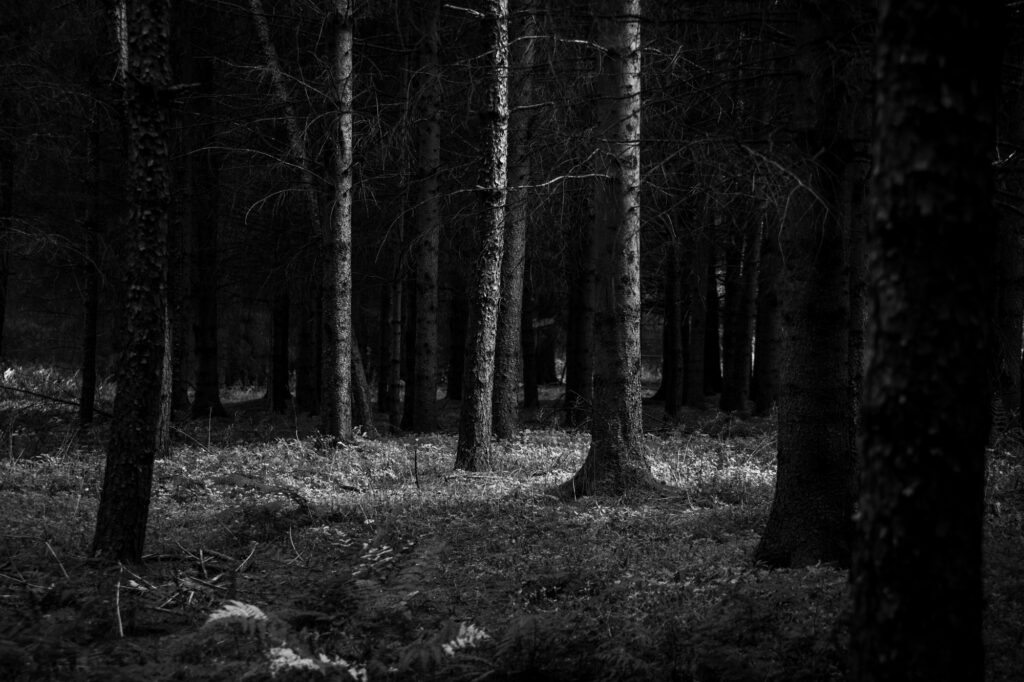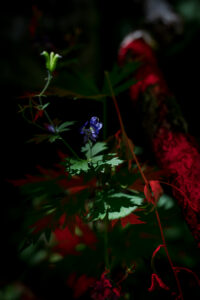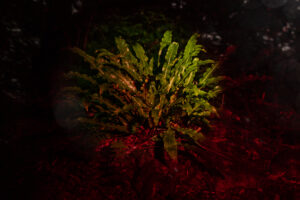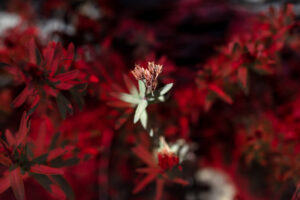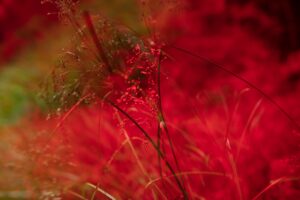As forests became our pandemic escape, our curiosity with the outdoors renewed. Previously quiet trails and parks were suddenly crowded with people looking to reconnect with nature after long months of isolation. As we rediscover wildlife, it is critically important to understand the role that humankind plays within the natural world. Nature may be resilient, but climate change and habitat fragmentation are indelibly marking our environment, in some cases pushing plant species towards extinction. We must tread lightly.
The New York Natural Heritage Program has identified 581 plant species that are vulnerable to extinction. Of these 581, only eight are recognized as “federally endangered” by the Endangered Species Act. Federal designation opens up resources for protection for a portion of these plants but it still leaves a concerningly large majority with little resource allocation or public awareness.
These unassuming plants represent thousands of years of ecological evolution and environmental heritage. Their disappearance would barely be noticeable to the passing eye but the cumulative effect on the ecosystem would be dramatic. Justine Weber, a PHD candidate at SUNY College of Environmental Science and Forestry says, “in ecology, we know things are interconnected. If we start pulling out strings then we don’t know what will happen – biodiversity is needed.”
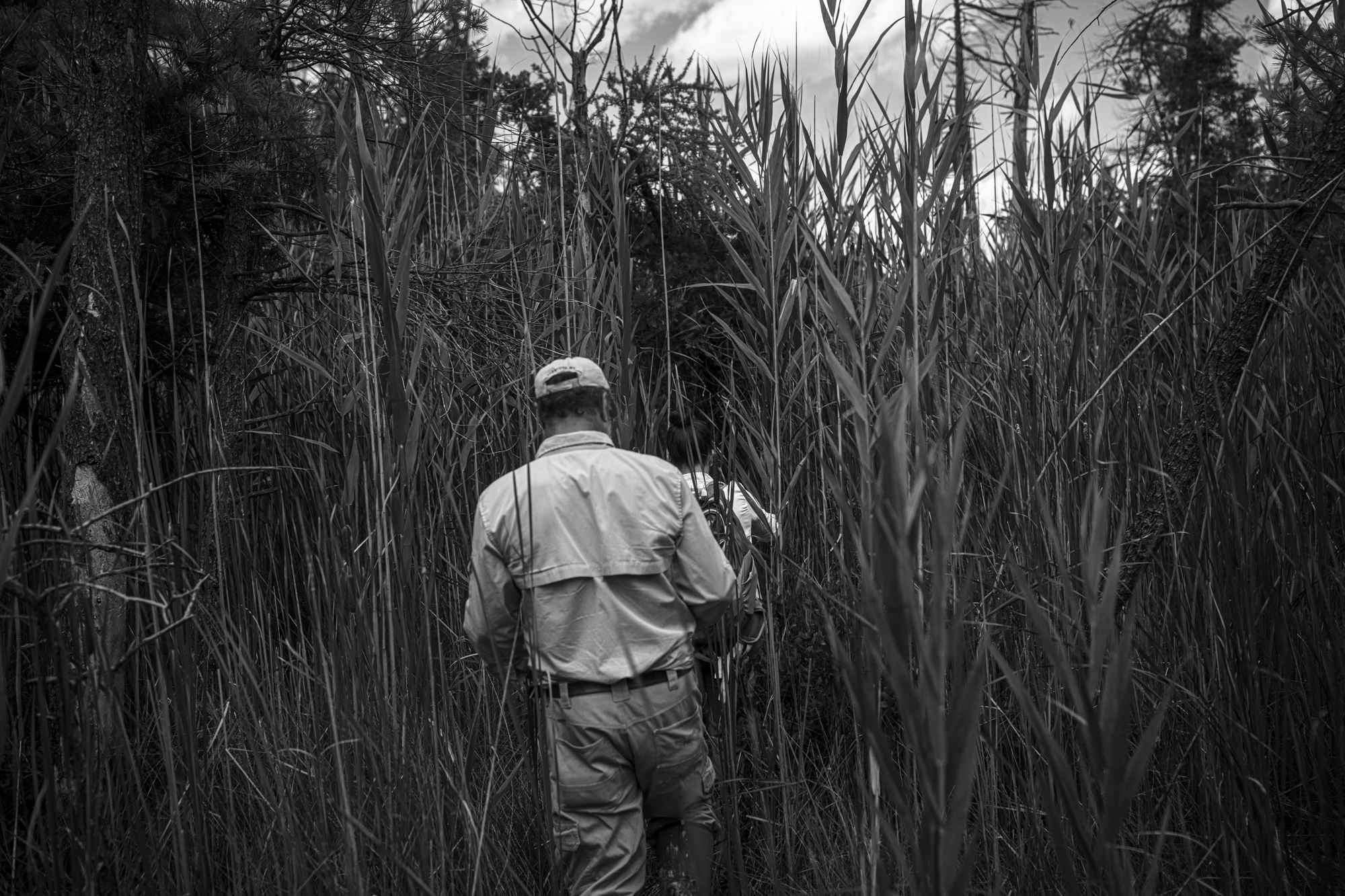
Each of the plants photographed tells a very different story, highlighting New York’s diverse landscapes; from the Seabeach Amaranth, a delicate and easy to miss succulent that inhabits popular East Coast beaches, the Sandplain Gerardia, which inhabits 100 yards from the Meadowbrook Parkway, to the American Hart’s-Tongue Fern, a glacial remnant from a time when New York was on the edge of an ice sheet. As they strive to find a way to live in delicate harmony with us we must do the same.

Every year, passionate citizen scientists, botanists and biologists volunteer their time to track and document local fauna and flora creating a valuable state wide census. Steve Young, Chief Botanist at The New York Natural Heritage Program, is encouraged by the increased participation and data collection. He explains that the future of botany is at an interesting crossroad. While universities and museums are losing funding, young citizen scientists and botanists are gathering online and engaging with their local plant communities. “I see us as being at the bottom of a valley of botanical science at the moment,” says Young. But this increased awareness gives him hope in a “brighter future ahead.”

Sophie Butcher and Martin Diegelman are a photography duo who love the outdoors and telling stories. To see more of their work: famefamefame.com
